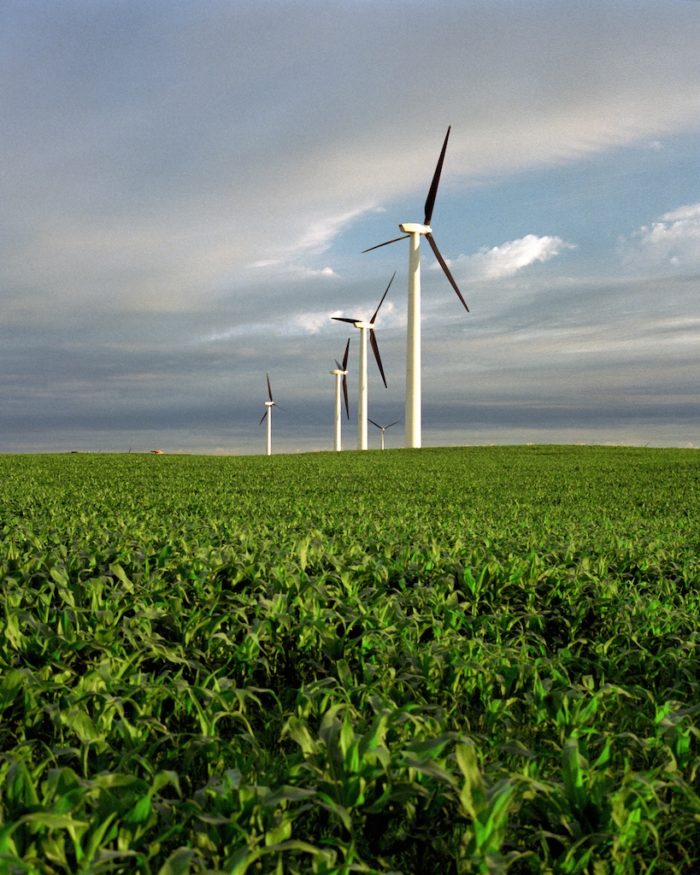
Image Credit: Warren Gretz/National Renewable Energy Laboratory
Two new reports from the U.S. Department of Energy detail the rapid growth of wind energy in 2012, with more than 13 gigawatts (GW) of capacity added in the United States last year alone.
For the first time, wind energy accounted for more new electricity generating capacity than any other single source: 43% of all new additions, representing a total investment of $25 billion. Total U.S. wind capacity is now more than 60 GW, enough for more than 15 million households.
Other findings in the 2012 Wind Technologies Market Report released by the Department of Energy and Lawrence Berkeley National Laboratory:
- Total installed wind capacity in 2012 was 22 times as much as it was in 2000.
- In nine states, wind energy accounts for more than 12% of total electrical consumption. In Iowa, South Dakota and Kansas, wind contributes more than 20%.
- Texas is the U.S. leader, with 1,800 megawatts of new capacity added in 2012 for a total of more than 12 GW. That’s twice as much as California, the number two state.
- The proportion of wind energy components, such as towers, turbine blades and gears, made in the U.S. has increased to 72%, triple what it was in 2006-2007.
- Better designs mean that turbines can be installed in less windy areas. Blades are longer and lighter and turbine performance has improved. Capital and maintenance costs continue to decline.
- The price of long-term contracts singed in 2011 and 2012 averaged a competitive 4 cents a kilowatt hour, 50% lower than in 2009.
Distributed wind energy also increases
In a second report, released by the U.S. Department of Energy and the Pacific Northwest National Laboratory, the U.S. distributed wind energy market also showed strong growth. These are installations located near homes, farms and businesses, many of them rated at 100 kW or less.
By the end of 2012, distributed wind installations in the U.S. reached a 10-year cumulative capacity of more than 812 MW, produced by more than 69,000 turbines in all 50 states, the report said.
Iowa, Massachusetts, California and Wisconsin added the most capacity last year.
Weekly Newsletter
Get building science and energy efficiency advice, plus special offers, in your inbox.














0 Comments
Log in or create an account to post a comment.
Sign up Log in